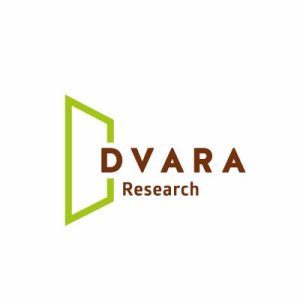In a recent report by Wharton Social Impact Initiative & Knowledge@Wharton on Innovative Finance and the various forms it has taken, the report highlights among others, the multi-originator securitization (MOSEC) transaction that was first pioneered by IFMR Capital. Tracing the origins of MOSEC and how the idea, brought about by an underlying frustration at not being able to cater to small but high-quality originators, came into being. The article throws light on what has since been one of the key vehicles for IFMR Capital in its endeavour to enable capital access to partner originators that it works with.
From the article:
In June 2008, IFMR Capital, a non-bank financial company based in Chennai, India, had opened its doors with the express purpose of providing access to the financial markets to the millions of Indians who lacked it. But, the small- and medium-sized originators who were making loans to the population that IFMR Capital wanted to serve were constrained by the sizes of their businesses.
IFMR had been trying to persuade investors to buy some of the debt of these small microfinance institutions so they could make more loans. But investors were wary. They feared the risk from loans from a single small originator from just one area of the country that was possibly subject to the same natural disasters.
“They were very high quality originators, but they were very small. They were not ready to go to the capital markets,” says Mukherjee, who was CEO of IFMR Capital at the time and is now CEO of IFMR Holdings.
Finally, Mukherjee, deliberating with her colleagues, blurted out, “Why don’t we just pool?” What she was suggesting, securitizing the loans of small- and medium-sized microfinance institutions, originators with portfolios as small as $500,000, had never been tried.
In January 2010, a little more than a year after Mukherjee asked the question, IFMR issued its first multi-originator securitization (MOSEC, now trademarked), a $6.5 million issue bundling some 42,000 microloans, with an average size of $200, from four originators. To date, IFMR has issued 89 MOSECs for microloans worth more than $675 million, representing some 3.7 million loans securitized.
Using a similar model, it has done another $2 billion of MOSECs of affordable housing, small business and agricultural loans. The securitizations give the microfinance institutions access to low-cost capital at a price some 200 to 250 basis points lower than what they’d had previously, and to a new group of investors, including mutual funds, private banks and high-net-worth individuals.
Crucial to turning the idea into action was the special combination of people around the table at IFMR, says Mukherjee. Besides herself, with years of experience in structured finance at Morgan Stanley and Deutsche Bank, was Kshama Fernandes, then chief risk officer of IFMR Capital and now CEO of IFMR Capital, who had deep experience in Indian banking and was a well-known figure who provided credibility to their at-the-time unknown institution; Bindu Ananth, the president of IFMR Trust, whose idealism was essential to making the group press on and tackle problems rather than being discouraged by obstacles; and Gaurav Kumar, the head of origination, who intimately knew the individual lenders and the details of their business and could vouch for their creditworthiness.
“There was nothing in the law that actually prevented it. It was an innovation waiting to happen,” says Mukherjee. “At the end of the day, you apply the same tools and principles of diversification (you’ve done in the past). What we did was contribute to the learning in developing our own underwriting standards for microfinance and small business lenders. What we brought was discipline, expertise, and we became the expression for self-confidence for these asset classes.”
The securitizations have now become so commonplace that they are no longer considered innovative. However, IFMR remains alone in both structuring the deals and retaining a portion of the debt on its own books, says Mukherjee. That way, IFMR ensures that interests are aligned and that the deals are designed for long-term profitability and sustainability, she says.
Read the full report here.


